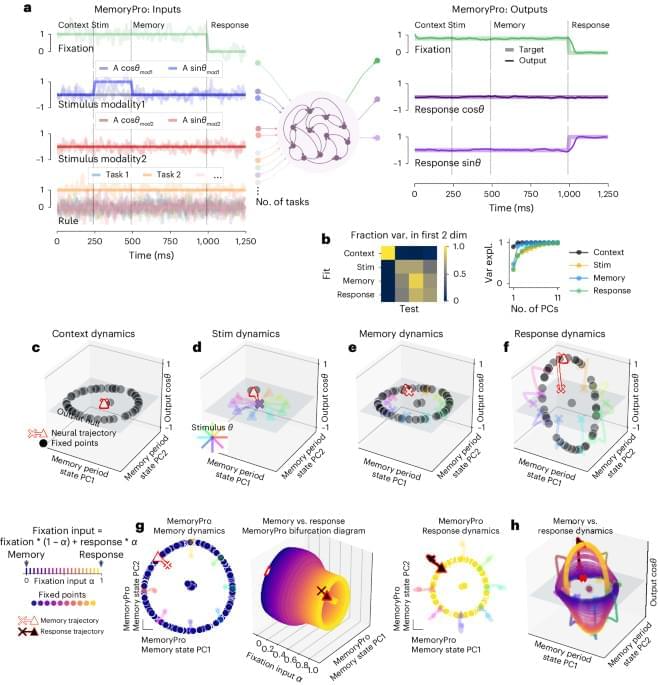Are you ready to discover the future of AI with GPT-5? In this video, we’ll explore the latest upd…
Category: robotics/AI – Page 487

Skild AI raises $300M to build a general-purpose, AI-powered brain for any robot
Skild AI, a startup that’s developing artificial intelligence-powered brains for robots, said today it has closed on a bumper $300 million early-stage funding round, bringing its valuation to a cool $1.5 billion.
The Series A round was led by a host of top-tier venture capital firms, including Lightspeed Venture Partners, Coatue, Softbank Group Corp. and Jeff Bezos’s Bezos Expeditions. It also saw participation from the likes of Felicis Ventures, Sequoia, Menlo Ventures, General Catalyst, CRV, Amazon, SV Angel and Carnegie Mellon University.
Skild AI is building what it says is a “shared, general-purpose brain” that will be able to equip a diverse group of robots that can perform multiple kinds of tasks in a wide range of scenarios, such as manipulating objects, locomotion and navigation. It says its AI intelligence can be integrated with any kind of robot, including humanoid bots with advanced computer vision skills designed to perform dexterous manipulation of objects in the home and in industrial settings, and more resilient quadruped robots that can navigate any physical environment.

South Korea’s First Robot Suicide. What Happened? | Vantage with Palki Sharma
Even robots are overworked.

Cognify — A Prison Of The Mind We’ve Seen Before In SF
So I serve a hundred years in one day…’- Joe Haldeman, 2011.
Robot Preachers Found To Undermine Religious Commitment ‘Tell me your torments,’ the Padre said, in an elderly voice marked with compassion. — Philip K. Dick, 1969.
Gaia — Why Stop With Just The Earth? ‘But the stars are only atoms in larger space, and in that larger space the star-atoms could combine to form living matter, thinking matter, couldn’t they?’ — Robert Castle, 1939.

We Cannot Cede Control of Weapons to Artificial Intelligence
I watched United Nations delegates debate AI-based weapons that can fire without human initiation. Humans cannot be taken out of that decision-making.
Imagine a weapon with no human deciding when to launch or pull its trigger. Imagine a weapon programmed by humans to recognize human targets, but then left to scan its internal data bank to decide whether a set of physical characteristics meant a person was friend or foe. When humans make mistakes, and fire weapons at the wrong targets, the outcry can be deafening, and the punishment can be severe. But how would we react, and who would we hold responsible if a computer programmed to control weapons made that fateful decision to fire, and it was wrong?

Flexible multitask computation in recurrent networks utilizes shared dynamical motifs
The authors identify reusable ‘dynamical motifs’ in artificial neural networks. These motifs enable flexible recombination of previously learned capabilities, promoting modular, compositional computation and rapid transfer learning. This discovery sheds light on the fundamental building blocks of intelligent behavior.

Google DeepMind’s JEST AI Learns 13x Faster & SenseTime’s New AI Beats GPT-4o
Google’s DeepMind has unveiled a groundbreaking AI training method called JEST, which significantly reduces energy consumption and training time. Meanwhile, Chinese tech giants like SenseTime and Alibaba are showcasing their own powerful AI models, claiming to outperform even OpenAI’s GPT-4 in certain areas. The race for AI dominance is heating up, with advancements in efficient training and multimodal learning taking center stage.
#google #ai